
views
Getting Personalized or Specialty Plates
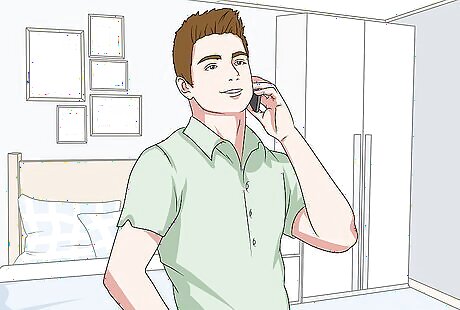
Contact your DMV. If you want a specialty plate that supports a particular cause, or if you want a personalized plate number, your DMV will have information on how to request those plates. You may have to visit an office in person, or the information you need may be available online. Check the website of your DMV to learn more about the exact process and the types of plates available.
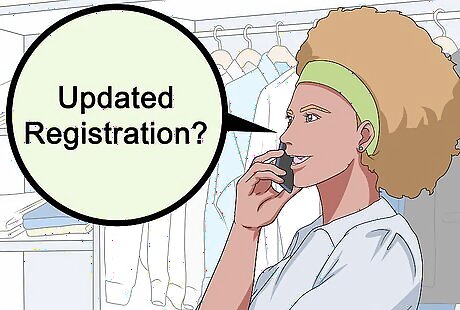
Verify that your registration and address is up to date. Typically, you won't be able to get a personalized or specialty plate unless the car is registered in your name and the registration isn't expired. Your address will also need to be up to date. In many places, you can't get new plates at the same time you're renewing your registration. Check the date when your registration is up for renewal. If it's coming up for renewal within a month or two, you may want to renew your registration first, then order your new tags. Given that it can take weeks or months to get a personalized tag, your registration may expire before your new tags are ready.
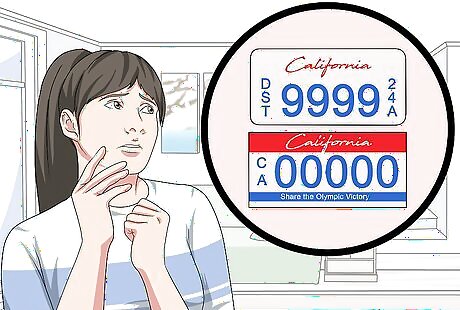
Choose the plate and configuration you want. Each location has different types of specialty plates available, many of which can be customized with your personal combination of letters and numbers. Each vehicle licensing office has basic rules you must follow when choosing a personalized configuration. Generally, you can't have a configuration that is suggestive or vulgar, or that uses any trademarked or proprietary names. Typically you can check online to see if the configuration you want is available. You may also be able to do this in person at a vehicle licensing office.
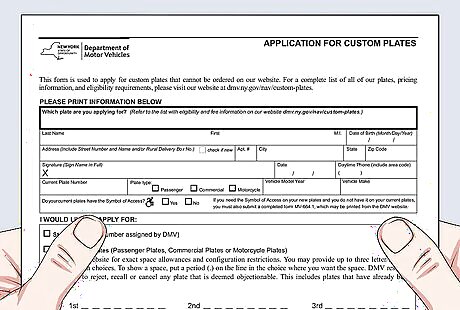
Submit your completed application and fees. The application form requires you to provide identification information about yourself, including your name and address. You also must provide information about your vehicle. You may be asked to submit proof of registration. Some specialty plates also are only available to individuals who meet specific criteria, so you may have to provide documentation to prove that you're eligible to have that plate. For example, you may have to provide proof that you are a veteran or member of the military to get a military-themed specialty plate. The fees for specialty and personalized plates vary greatly among vehicle licensing offices, but you generally must pay an additional fee beyond what you would normally pay for a regular plate.
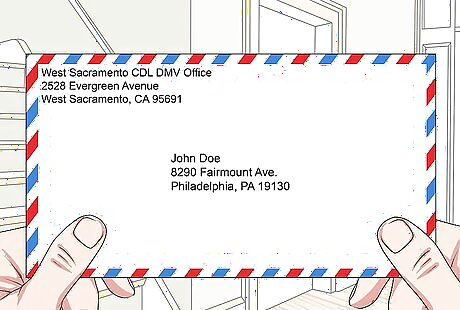
Receive confirmation of your new plate and configuration. If you ordered your specialty plates in person by visiting the vehicle licensing office, you'll typically receive confirmation of your order immediately. If you ordered your new plates online or through the mail, you may have to wait for confirmation. The vehicle licensing office typically will send you a form that states the new configuration you ordered. Check over the form carefully to make sure everything is correct.
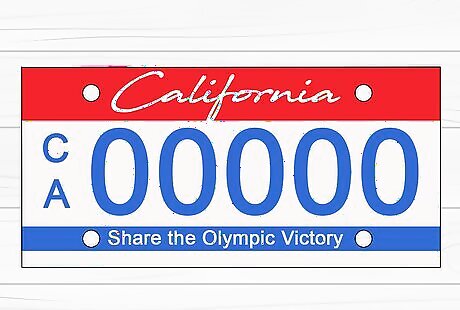
Check the mail for your new plates. After you've ordered personalized plates, it may be weeks or even months before those plates are made and sent to you. In the meantime, you typically must keep your old plates on your vehicle. Contact your vehicle licensing office to find out the procedure for disposing of old plates. Some offices require you to surrender your old plates immediately, while others will allow you to keep them even though they're no longer valid.
Replacing Lost or Stolen Plates
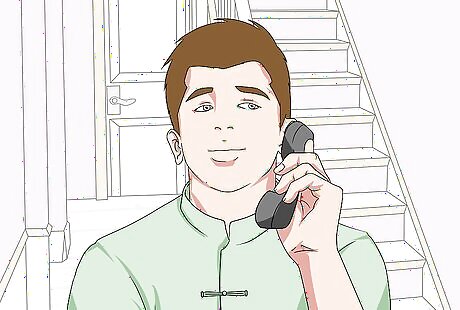
Contact the office or department in charge of vehicle licensing. If your license plates are lost or stolen, call your local vehicle licensing office as soon as possible to report the theft and find out what you need to do to continue legally driving your car. If you had personalized plates that were lost or stolen, you may not be able to get new plates with the same configuration. For example, in the state of California you can only get duplicate plates with the same configuration if you still have one of the plates – not if you've lost both of them.
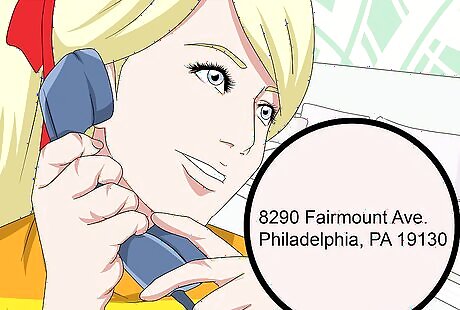
Verify your address with the office or department in charge of vehicle licensing. In many cases, you must verify your address with the vehicle licensing office before you can begin the process of replacing a plate that was lost or stolen. You typically can verify your address online or over the phone, although you may want to go to the nearest vehicle licensing office and do this in person. If you go to the office in person, bring along something with your name and address on it, such as a utility bill, so you'll have proof of residency.
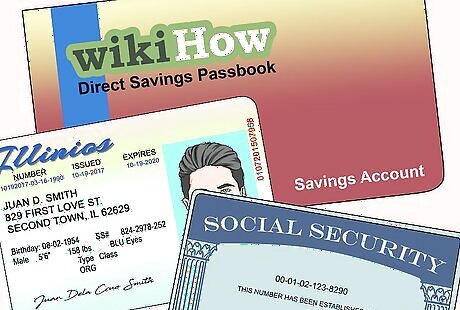
Gather documents to prove your ownership. When your plates are lost or stolen, you must be able to prove that you are the registered owner of the vehicle before you can get replacement plates. If you have a copy of your vehicle registration, that and your driver's license typically are enough to prove ownership. You can also use the car's title, a loan agreement, or a bill of sale. Some offices also require proof that the plates were lost of stolen. You can do this with a police report or signed and notarized affidavit.
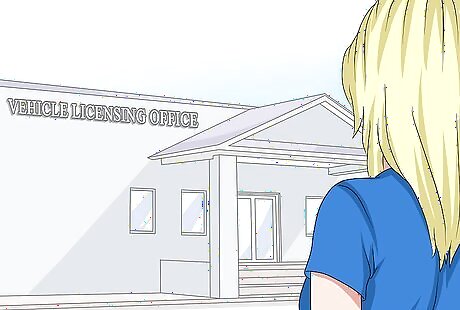
Visit your nearest DMV. While you may be able to replace your plates online or over the phone, in some cases an in-person visit is necessary. If you have to go to the DMV, call ahead and see if you can make an appointment to save wait time. If you don't have any special requests for the replacement plate, but just want a new standard-issue plate, you're probably better off making a visit in person. You should be able to pick up your new plate immediately, so you won't have a car without plates.
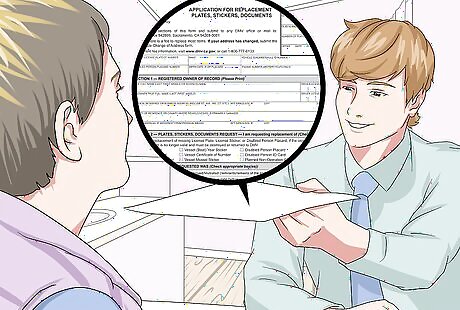
Submit your completed application. Your vehicle licensing office will likely have a specific form you must complete if you want to replace plates that were lost or stolen. You'll have to provide identifying information about yourself and your vehicle. You typically must pay a fee to replace your plates. The fee may be more if you're requesting the replacement of a specialty plate, or if you want your replacement plate to have the same configuration as the plate that was lost or stolen.
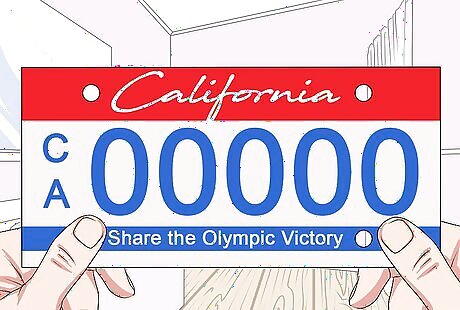
Pick up your new plates. For a standard replacement, you typically can pick up your new plates as soon as you submit your application and pay the fee. If you had a custom order for a specific configuration, you may have to wait for your plate to be mailed to you. If you have to wait for plates and need to drive your car in the meantime, find out if you can get a temporary tag to put on your car while you wait. This tag will identify your car and keep you from getting pulled over or cited for not having the appropriate plates.
Replacing Personalized Plates

Contact your vehicle licensing office. If you have a personalized plate that was lost or damaged, the procedure to replace it may be different than if you had a standard-issue plate. Call the vehicle licensing office nearest you or check their website. Find out if it's possible to replace your lost or damaged plates with new plates that have the same personalized configuration. With a damaged plate this typically isn't a problem as long as you surrender what's left of the old plate.
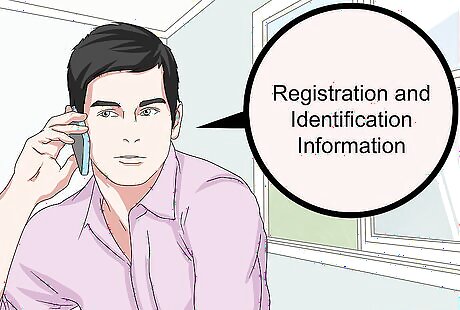
Provide evidence of ownership. In most cases, only the registered owner of the vehicle can apply for replacement plates. You must provide registration and identification information so the vehicle licensing office can verify that you are the registered owner of the vehicle. Make sure the registration shows the personalized configuration you chose, especially if you want your replacement plate to be identical.
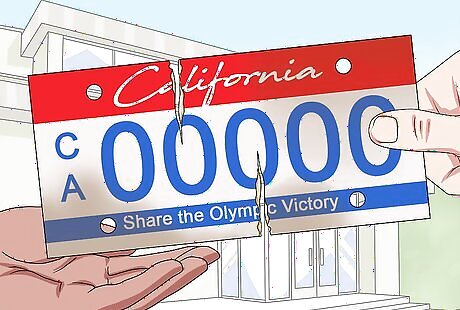
Return remaining or damaged plates to the vehicle licensing office. In most cases, a personalized plate can't be replaced until the vehicle licensing office has the old plate. If you were required to have two plates on your vehicle and one was lost or damaged, you may have to return both of them. If a plate is damaged, someone at the vehicle licensing office will be able to tell you whether you're required to replace it. Generally, you'll be required to replace it if the numbers or validation stickers are no longer legible.
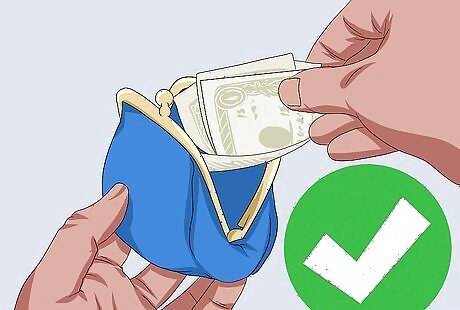
Submit your completed application and fees. Your vehicle licensing office typically will have a different form for you to fill out if you are requesting that your replacement plate have the same configuration as your previous personalized plate. You'll have to pay a general fee just to have your plate replaced. Typically you'll also pay an additional fee on top of that if you want your new plate to have the same configuration as the old one.
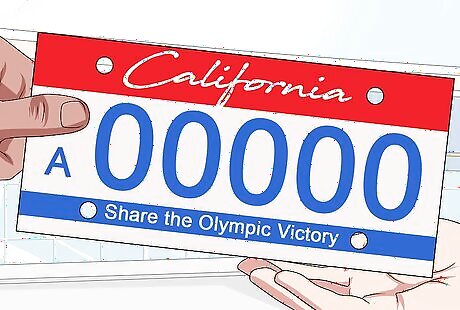
Receive your replacement plates. Since personalized plates have to be made separately, expect to wait several weeks for your replacement plates to be mailed to you. In the meantime, you may be given a temporary tag to put on your vehicle.
Installing Your New Plates
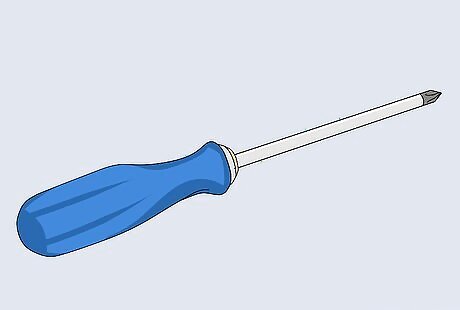
Gather the appropriate tools. Look at the screws that are holding your old plate in place. Get a Phillips or flat-head screwdriver that is the right size to unscrew those bolts. You may need to try a couple before you find the right size.
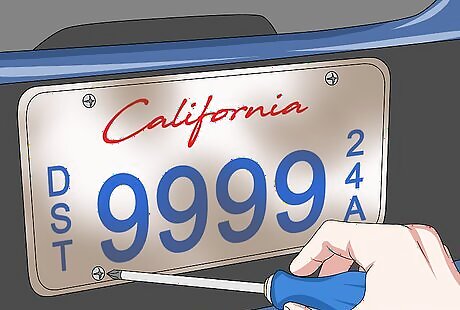
Remove the old plate. Fit the screwdriver into the head of the screw, holding it parallel to the ground, and turn it counterclockwise to unscrew the bolts. Set the screws aside where you can easily reach them and won't lose them.
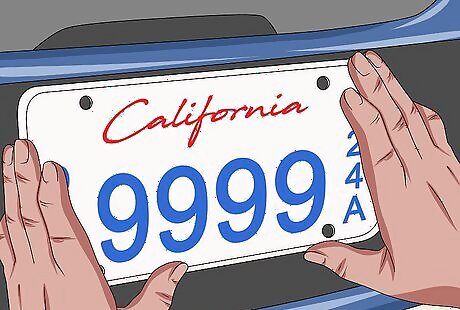
Line up your new plate. Take your new plate and hold it up to your bumper. Move it around until the holes on the plate line up with the holes on your bumper where your license plate is supposed to be screwed in. If you had a frame on your plate that you want to use, line it up on top of the plate in the same way.
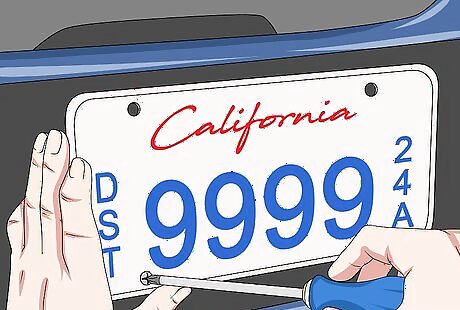
Replace the screws. Take each of the screws and pop them through the holes. Turn them clockwise with your fingers until they're far enough through to hold the plate in place. Then take your screwdriver and tighten them the rest of the way. The back of the screw should be flush with your plate (or frame). Don't screw them too tight – you could warp the plate or damage your bumper.
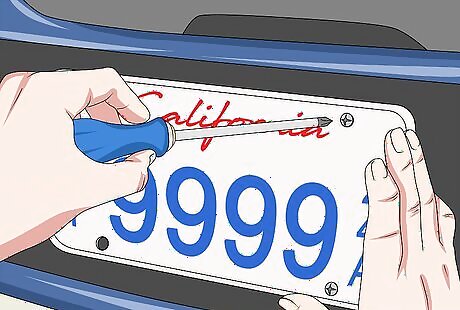
Repeat on the other bumper. If you live in a state that requires plates on the front and back bumpers of your car, you'll have to repeat the same process again if you want to change both plates.
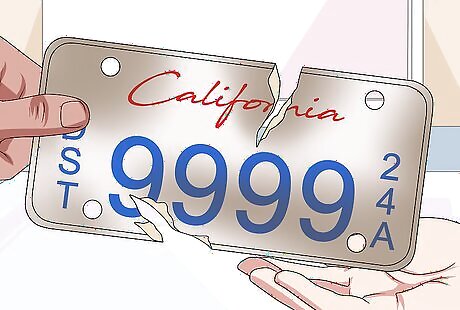
Dispose of your old plates properly. Call your local vehicle licensing office or check their website to find out what you're supposed to do with your old plates. In some places you can keep them or throw them away. In others, you're expected to return them to the vehicle licensing office. If you throw your old plates away, make sure you break them so no one can take them and use them.


















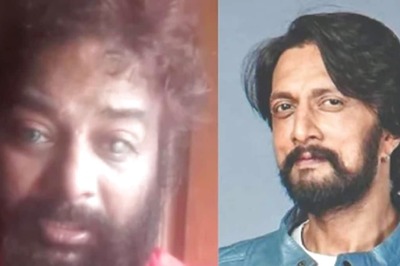
Comments
0 comment